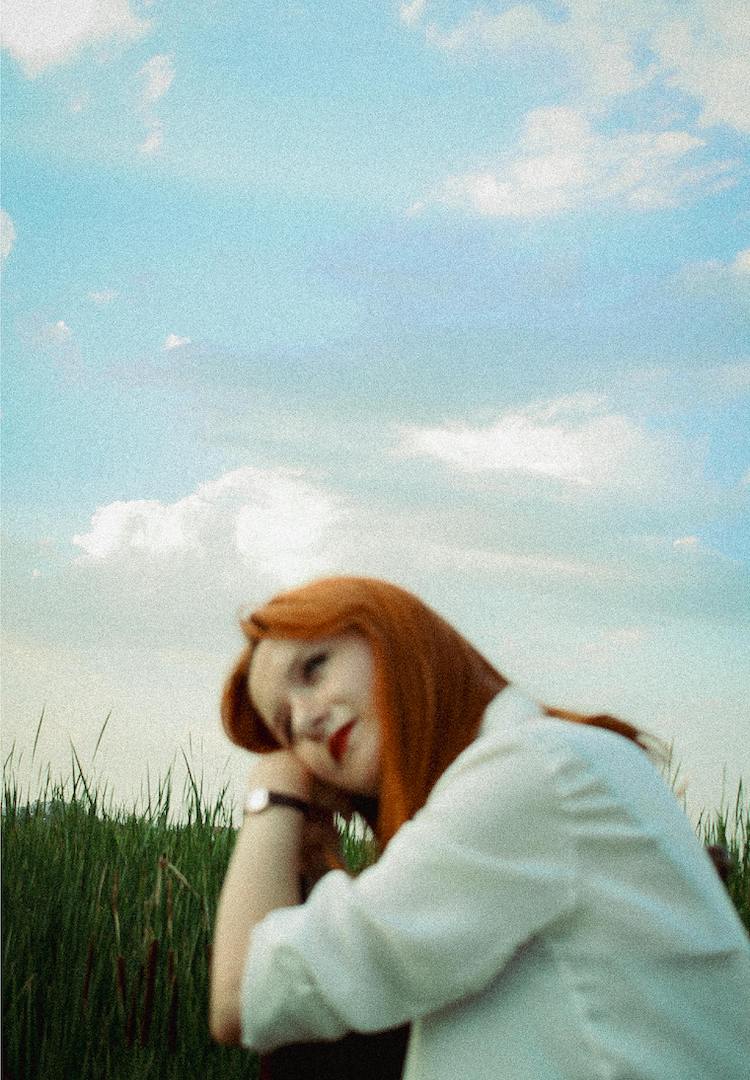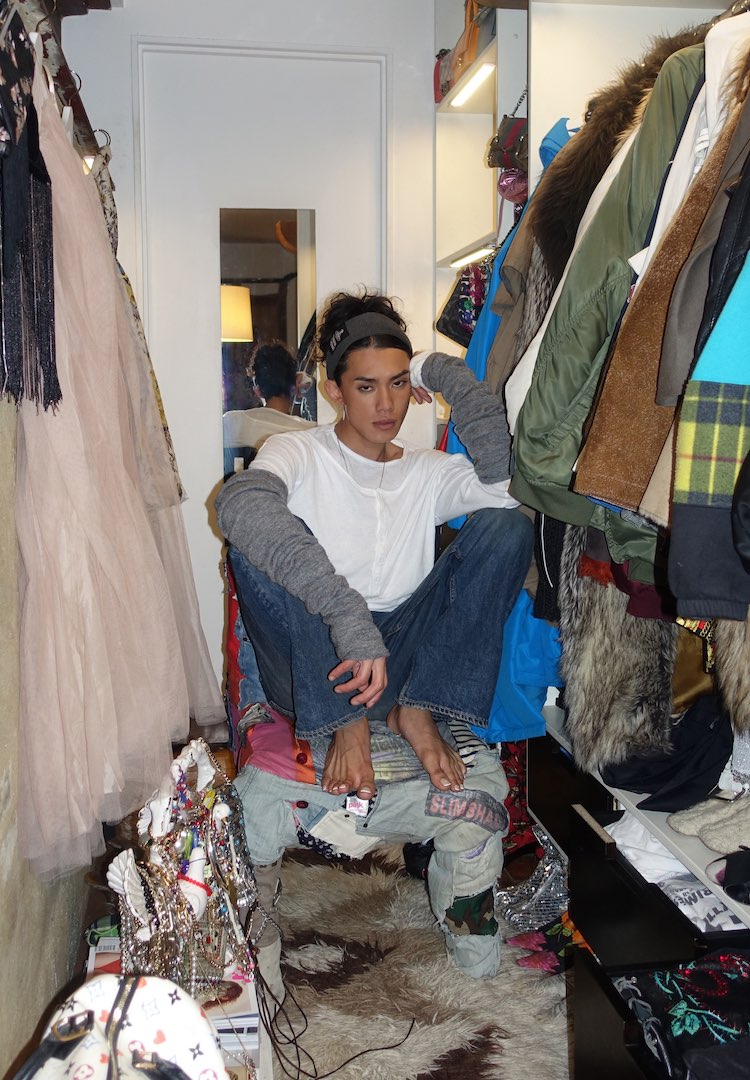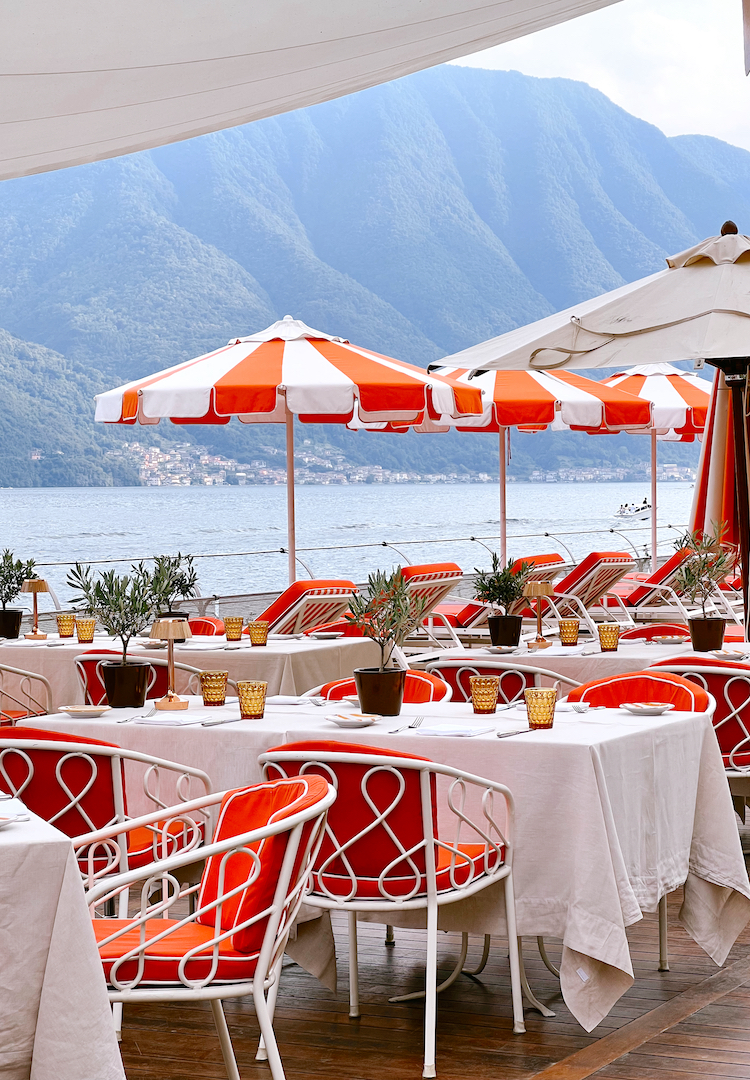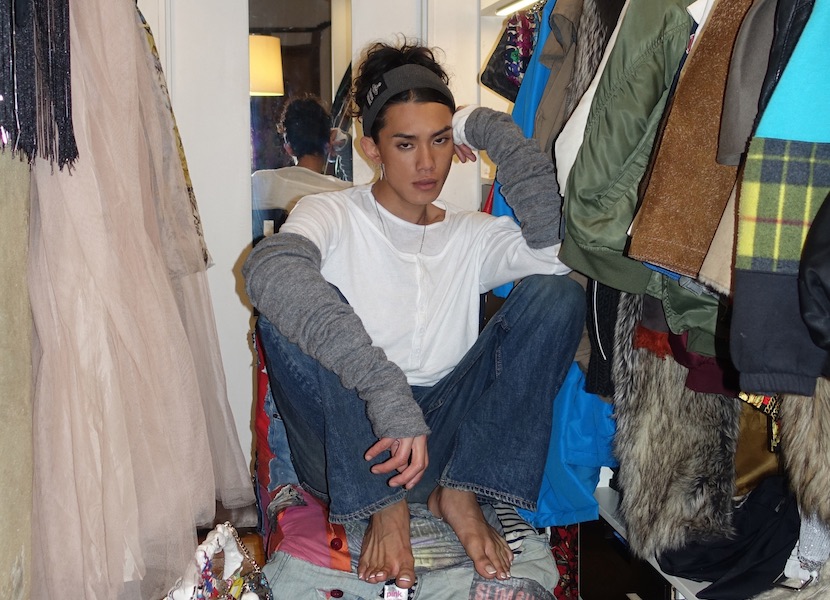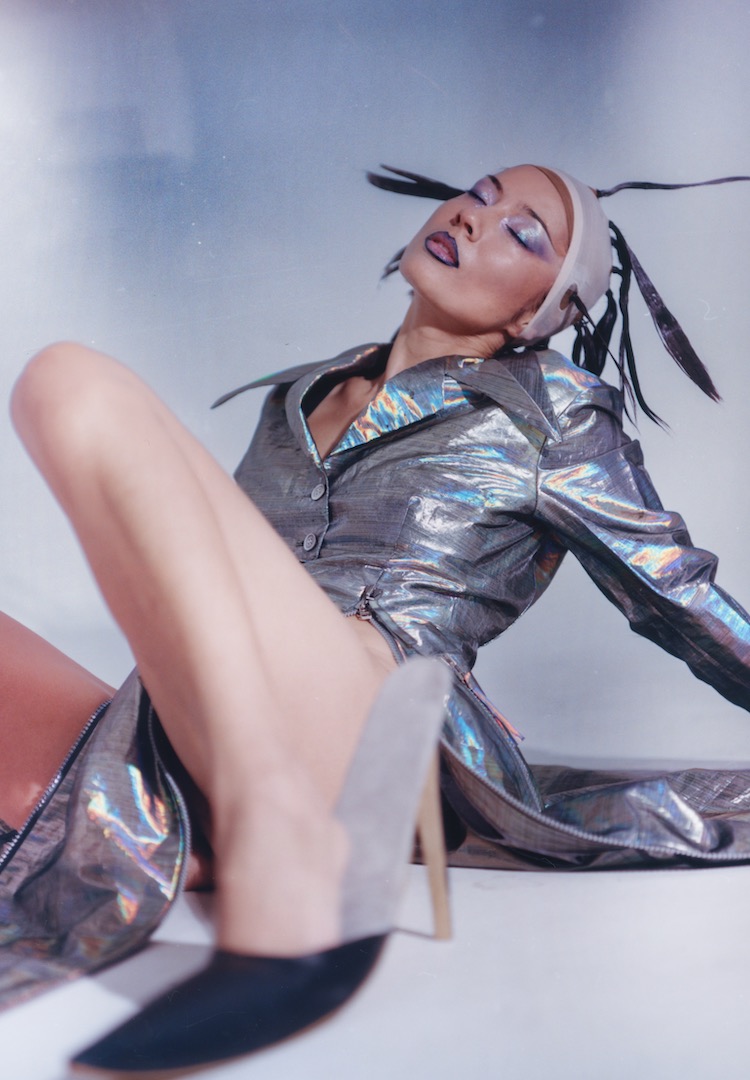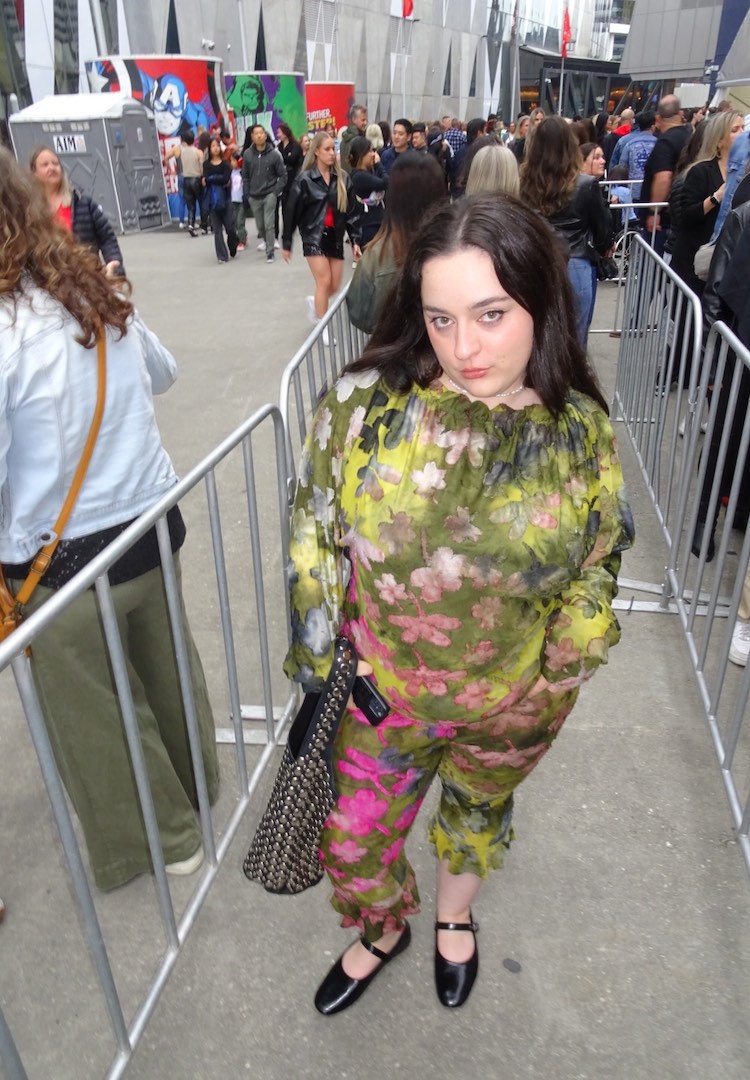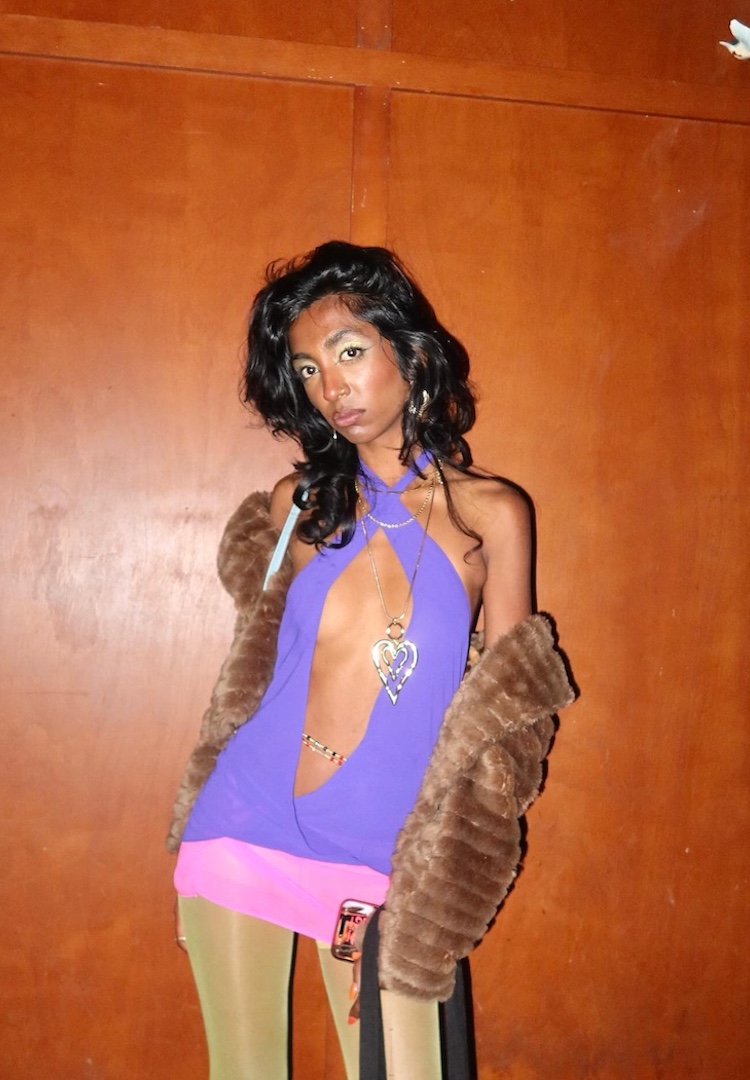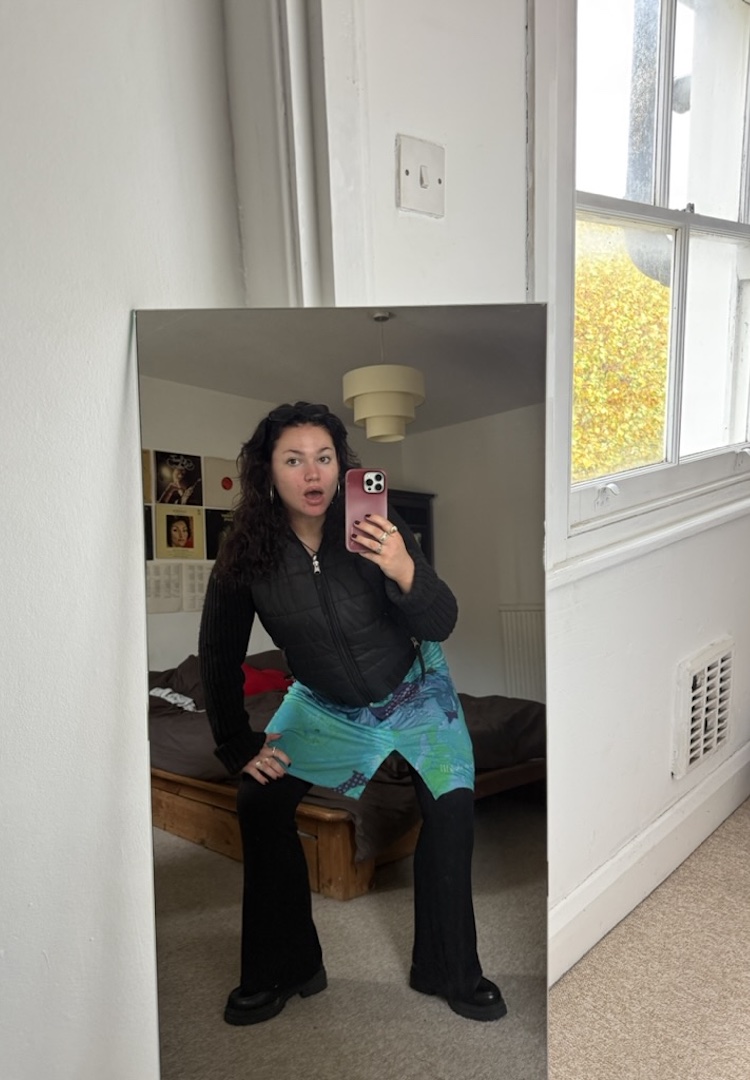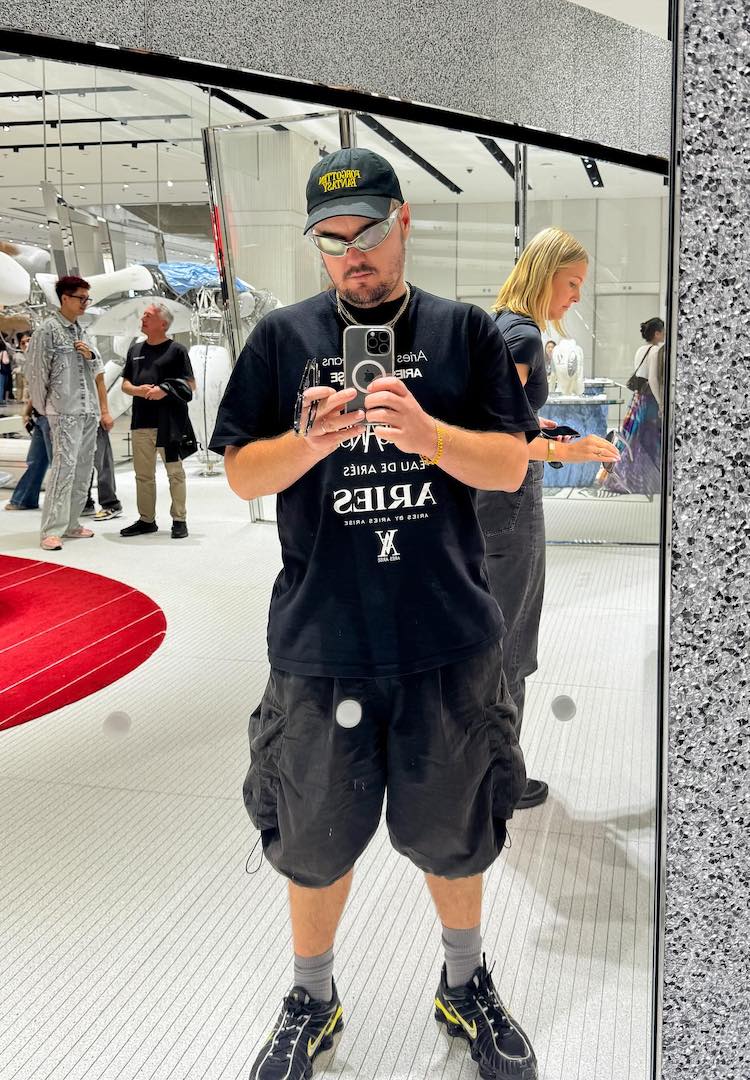Costume designer Kevin Cheung on the reality of dressing 30 nuns for ‘First Light’
images via @kevincheung__/INSTAGRAM
as told to daisy henry
“The costume should never overpower the story, it should serve it, support it and sit within the world naturally.”
Now that Melbourne’s International Film Festival has officially kicked off, one film at the top of our must-see list is First Light, the directorial debut of Australian photographer and filmmaker James J. Robinson. The story follows a nun who begins to question her beliefs after encountering a lethal criminal conspiracy.
Among the talented cast and crew involved in bringing First Light to life is Kevin Cheung, the film’s costume designer. Armed with a diverse resume of clients (including The Australian Ballet, Mallrat and Olivia Rowan), this project marked his first time leading the costume department for a feature film.
Looking for a new 9 to 5? Head to our Careers page for new listings daily.
“To be honest, I was nervous to take on the job. But as soon as I read the first draft, I was immediately drawn in,” Kevin says. “There was something really special about the story, especially knowing how personal it was for James, rooted in his heritage and upbringing.”
Kevin spent a month in Manila working pre-production, immersing himself in the culture and history of the Philippines, before filming took place in the mountains of northern Luzon. “I also explored the country’s stark class divide, where faith, survival and identity often sit in contrast,” he explains. “Capturing that tension, between tradition and modernity, was essential in grounding the costume design emotionally and culturally.”
For Kevin, storytelling and costuming go hand in hand. “Understanding fabric, pattern and texture, as well as the character’s economic status and lifestyle, is key”, he says. There’s a lot to factor in when designing the costumes of each character. And in this case, it involved dressing 30 nuns.
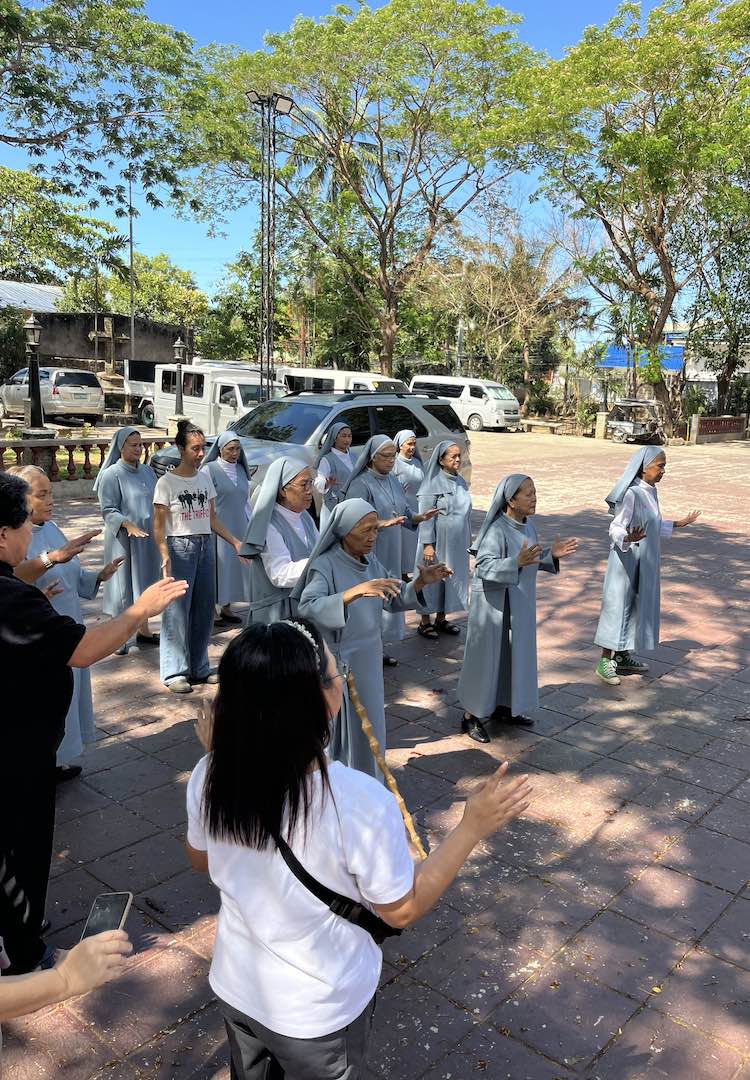
Fashion Journal: Hi Kevin! Could you please tell me a little bit about yourself and what you do?
Kevin: On most occasions, I work as a creative director, stylist, and photographer… and I guess now, a costume designer too. I try not to box myself into one specific field, I believe that can limit the kinds of challenges and unexpected opportunities that may come my way.
How did you first get started in the industry?
I have a degree in communication design and started out working as a graphic designer for a hot minute. I then moved into shooting e-comm, marketing and buying for stores, which really sparked a natural shift from design into fashion. To me, those two worlds have always coexisted and fed into each other.
A lot of the opportunities I’ve had came from organically formed relationships. I’ve always been a bit of an opportunist in the best way. I rarely turn down a project, because you never know what it could lead to or who you might meet along the way. That mindset has helped me build a really diverse and cross-disciplinary body of work.
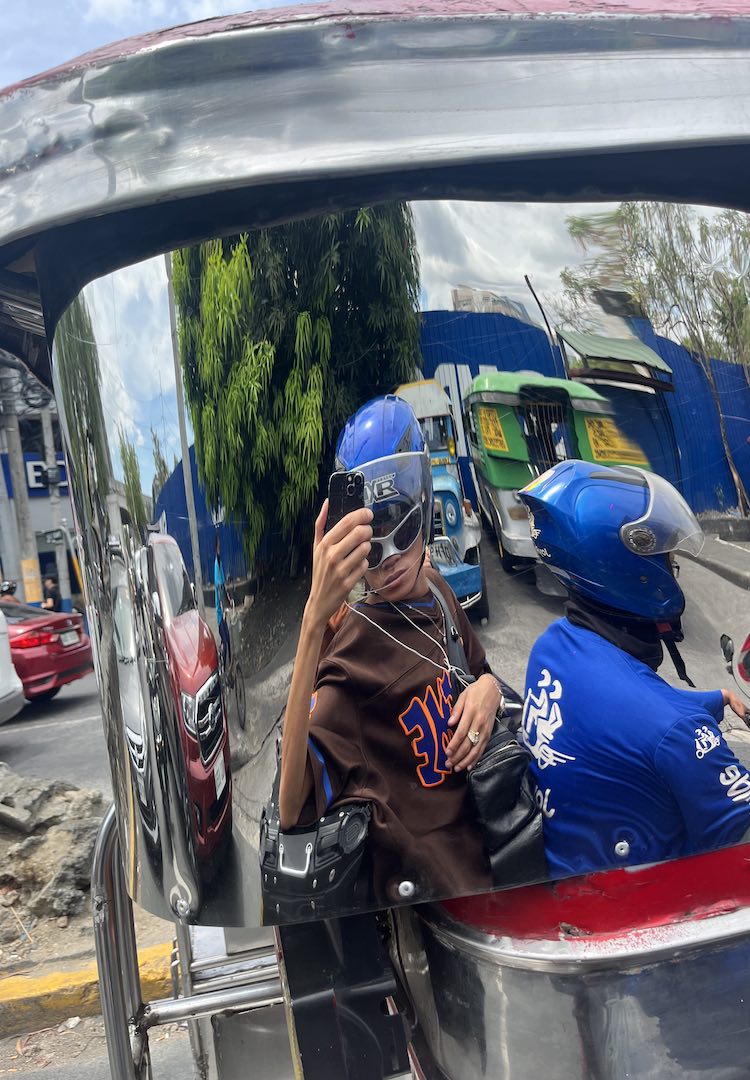
Tell me about your work with First Light. What first drew you to the project?
James is one of my closest friends, we’ve known each other for over 10 years and I’ve worked with him on everything from commercial to personal projects. When First Light was being developed, the news of the film was circulating within our friendship group and he approached me to do the costuming.
To be honest, I was nervous to take on the job. I had only worked on shorts and had no experience on costume for a feature. But as soon as I read the first draft, I was immediately drawn in. There was something really special about the story, especially knowing how personal it was for James, rooted in his heritage and upbringing.
Visualising the world through the script felt natural and James had so much faith in me to bring his vision to life. That trust gave me the confidence to fully dive in and make it my own.

How did you approach the costume design for First Light?
There was a lot of research that went into understanding the culture, religion and history of the Philippines, especially the lasting impact of over 300 years of Spanish colonisation. One of the most significant legacies is Catholicism, which continues to shape daily life. I also explored the country’s stark class divide, where faith, survival and identity often sit in contrast. Capturing that tension, between tradition and modernity, was essential in grounding the costume design emotionally and culturally.
I spent about a month in pre-production in Manila, immersing myself in the culture and finding my bearings. I was lucky to have my closest friend Olivia Rowan, a talented technical garment maker, with me during this time. I don’t come from a background in pattern-making or garment construction, so having her there was an incredible sounding board to really bring my vision to life in a practical, structurally sound way.
We sourced online, spends days rummaging through ukay-ukay (second-hand stores) and had pieces custom-made by local manufacturers using fabrics we found on the ground. Every piece was considered with the characters and story in mind, it was a deeply collaborative and rewarding process.
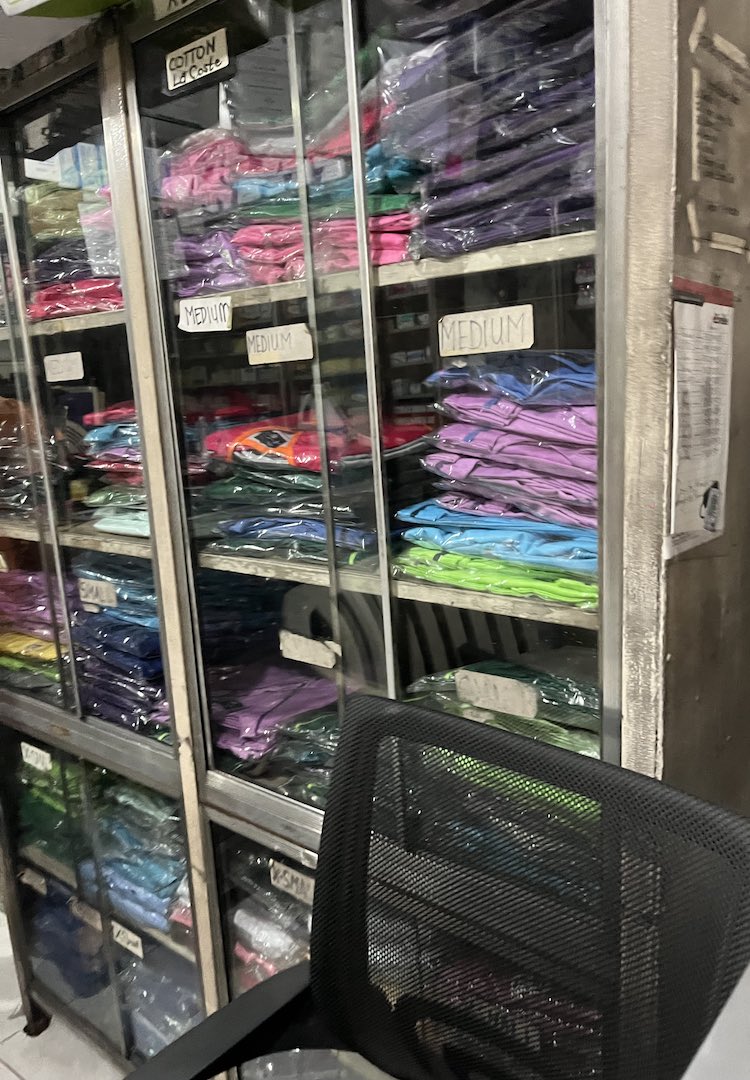
Did you face any challenges or setbacks?
There were definitely some challenges but in the moment, I learnt to process them and adapt quickly. The biggest challenge for me was leading a small wardrobe team of three, two of whom had no prior experience in the field, and there was also a language barrier to navigate.
As head of the department, it was really important to me that everyone felt they had a clear role and a voice within the team. I focused on creating structure, delegating tasks effectively and making sure each person felt supported and valued. It really tested my organisational skills and reminded me how vital clear, respectful communication is, especially on a fast-paced set like this one.
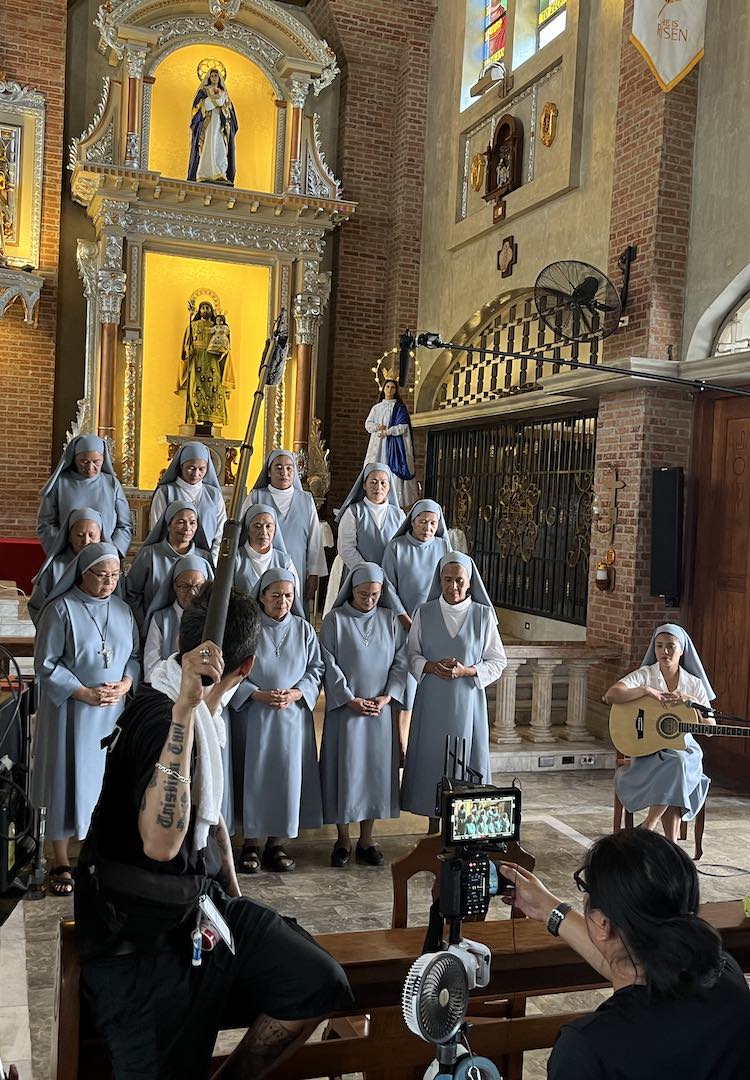
What considerations do you have to make when approaching costume design in film that people would be surprised to know?
There was a lot to factor in, we had about 30 nuns to dress, all different sizes, so creating a uniform look while grading the habits across multiple body types was a real challenge. We also had to produce costume repeats in case of damage or wear, which added another layer of planning.
On top of that, you have to consider the weather, the physical environment and shoot continuity. The costumes not only have to look right, they also need to be practical, durable and consistent across long, often unpredictable shooting days.

How do you feel costume design plays a role in shaping the tone and atmosphere of a film? Can you give an example from First Light where the costumes helped tell the story?
I think it’s really important to understand that costuming and storytelling go hand in hand. The script always guides the design — I constantly ask myself the questions, ‘Why would this character be dressed this way? Where would they have acquired their clothing?’. Understanding fabric, pattern and texture, as well as the character’s economic status and lifestyle, is key. The costume should never overpower the story, it should serve it, support it and sit within the world naturally.
James was really particular about the blue used for the habits. I remember the script originally described the colour as cerulean. But as we moved through development, we realised a softer ice blue would create a more striking contrast against the natural landscape and surroundings. It became about finding that perfect tone, something symbolic and cinematic, but also believable in the world we were building.
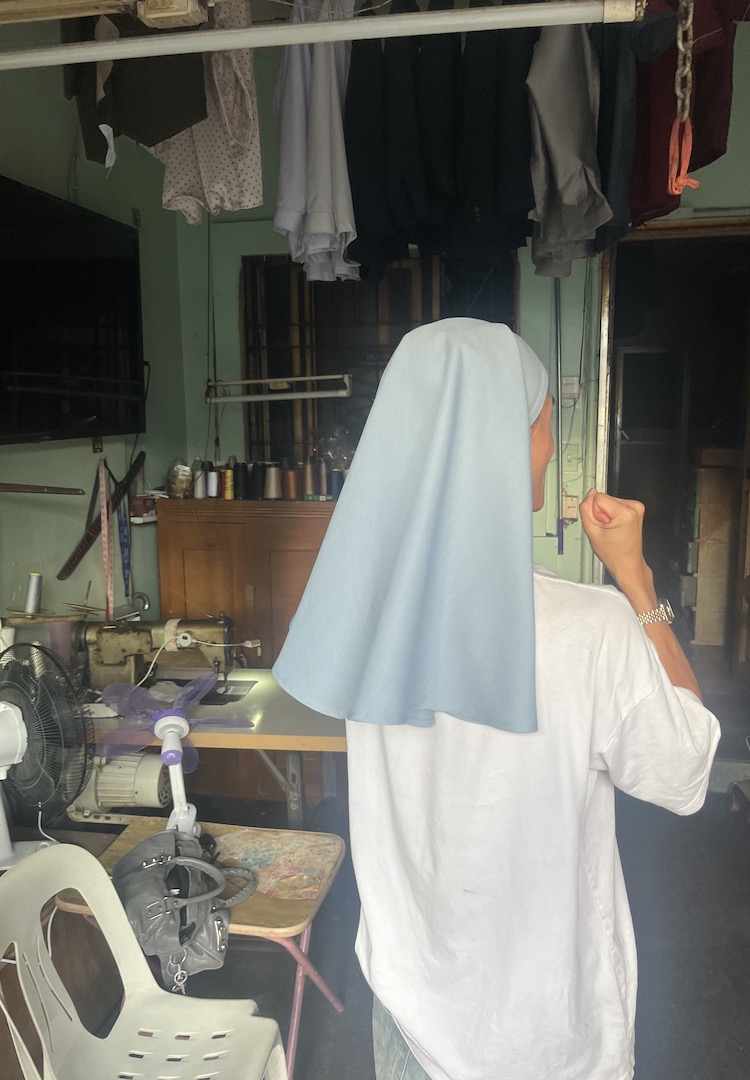
You’ve also worked on a variety of other major projects. What are some highlights of your career to date?
Every project I’ve worked on has been a highlight in its own way. But what really stands out are the people — having the privilege to work alongside my closest friends, collaborate with incredible creatives and do what I love most. Those shared experiences are what stay with me the longest.
What skills do you think have served you well in your industry?
In terms of skills, I think being open, humble, and hardworking has served me best. I’ve learned so much by assisting people with more experience, and observing their process, absorbing their work ethic and always staying curious. This industry moves fast and it’s easy to get caught up in the drama. But staying grounded and focused on the work has always kept me in a good place. And honestly, you come to realise that nothing is ever that serious.
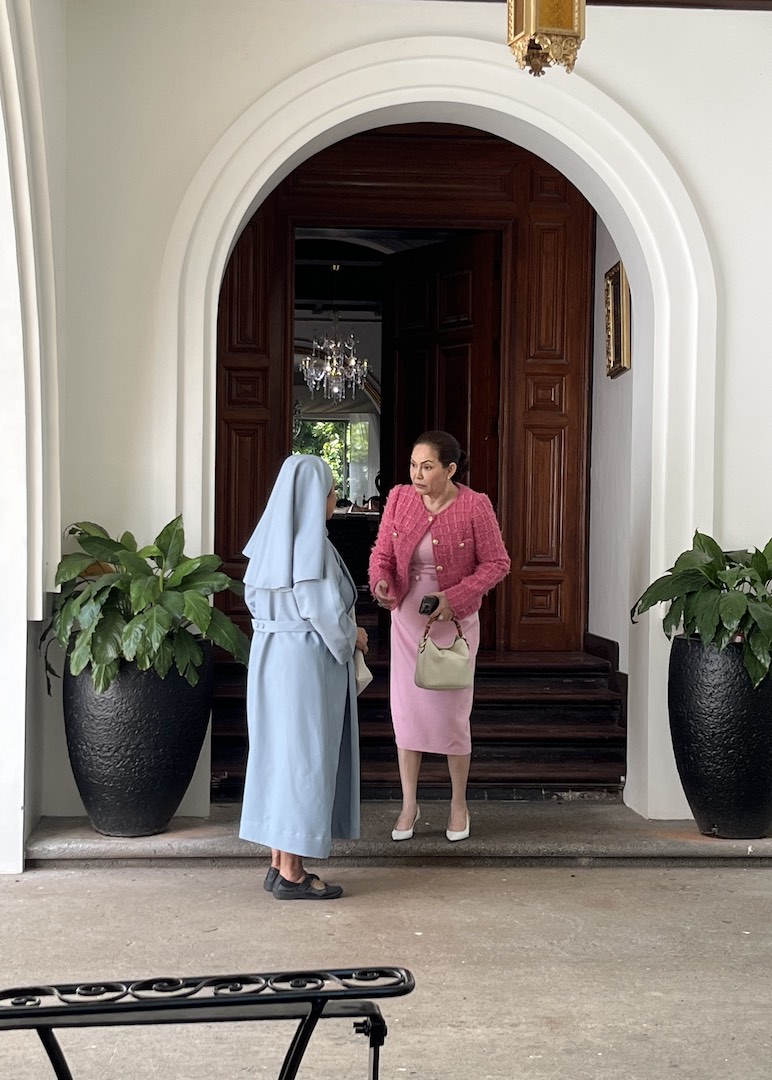
Fashion is a major part of your professional life. How do you approach your own personal style?
I definitely go through phases with my personal style, it really depends on how I’m feeling that day. But comfort is always key. I love understanding the origin and creating narratives around the garments I own, where they came from, how they were made and what they might have originally meant.
I’m really drawn to the idea of repurposing and reinterpreting clothing or objects, and finding new ways to give them life and make them my own. For me, getting dressed is a form of storytelling. It’s personal, instinctive and always evolving.
What are you working on now?
I’m just straight chilling, but I’m in the middle of reading James’s second script which has got me hooked. So I guess stay tuned…
Find more from Kevin here.

